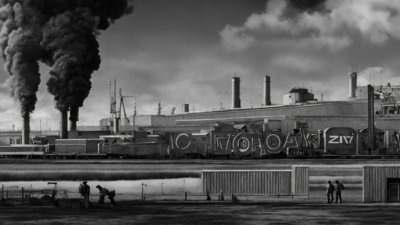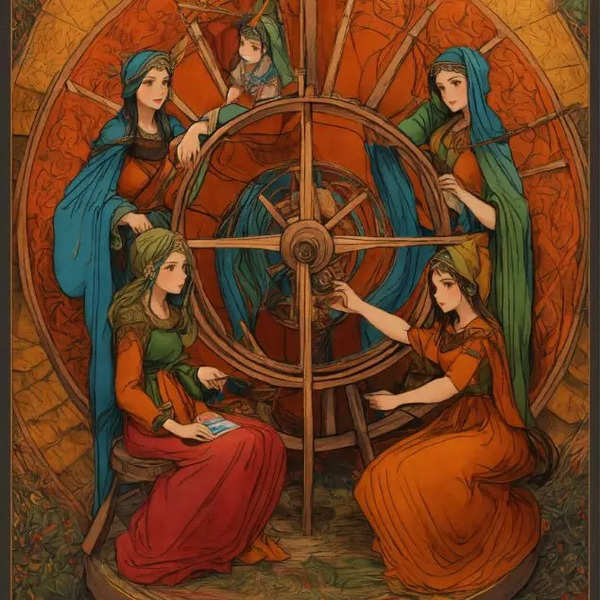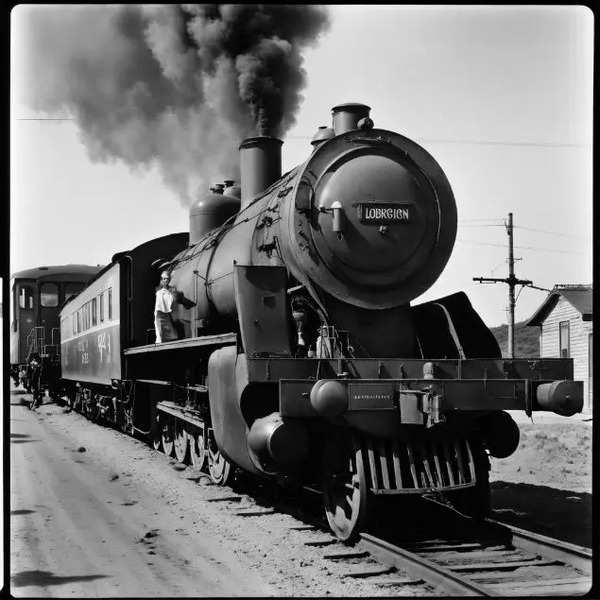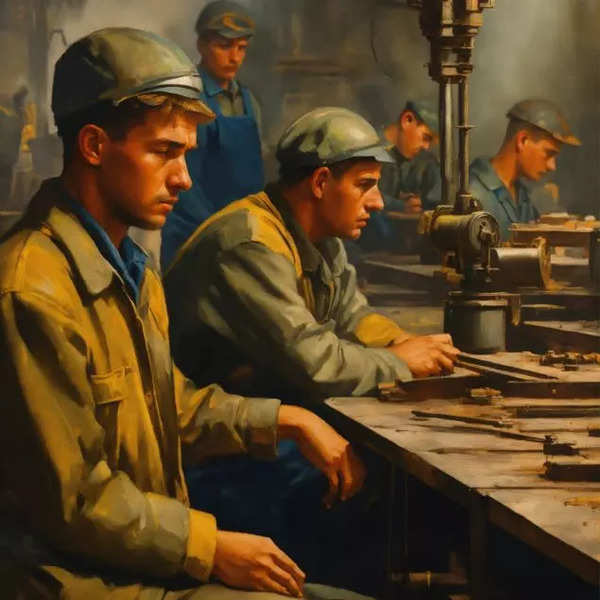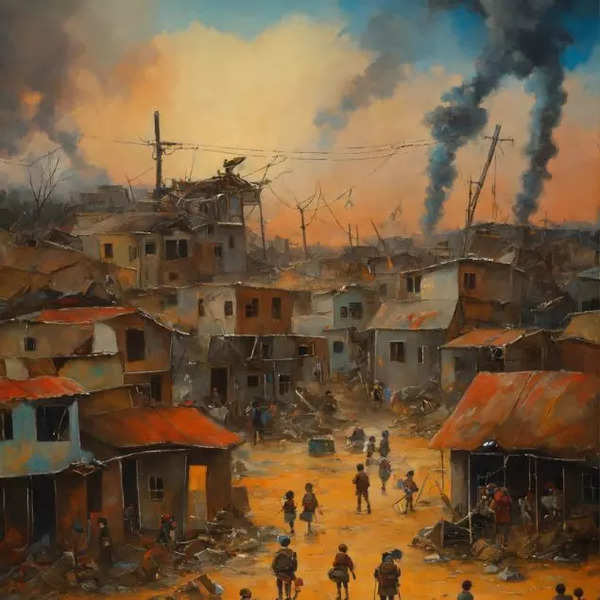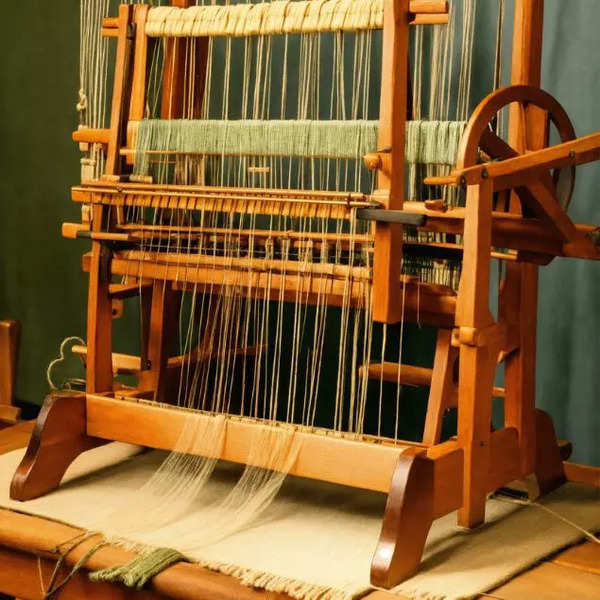Welcome To Latest IND >> Fastest World News
Ah, the Industrial Revolution—a time when humanity collectively decided that hand-crafted goods were for amateurs and that steam power was the future.
Let’s take a light-hearted look back at this era of coal dust, steam engines, and the very first instances of “Are we there yet?” from factory workers everywhere.
A brief history (Sort of)
Picture it: the late 18th century. People were happily spinning wool by hand, and then—BAM!—a bunch of inventors said, “What if we let machines do that instead?” Enter the spinning jenny, a machine so revolutionary it made the hand-spun wool look like a primitive hobby. If you thought getting a new smartphone was exciting, imagine how thrilled folks were when they first saw a factory machine! (Spoiler: they were not thrilled. More like terrified.)
Image credit: lexica.art
Steam power: The original energy drink
Then came steam power, the caffeine of the
Industrial Revolution
. Suddenly, everything was powered by steam. Trains, boats, and even that neighbor who kept saying, “I’ll be there in a minute!” were fueled by this new energy source. Steam engines turned out to be so efficient that they could power entire factories—along with a significant amount of Victorian angst as workers were replaced by machines. It was like watching your favorite barista get replaced by a vending machine: efficient, but where’s the personality?
Image credit: lexica.art
Factories: Where dreams (and lunch breaks) went to die
With the rise of factories came the rise of the nine-to-five workday. Previously, people worked based on the sun’s schedule, but now they were clocking in to make sure that their boss could afford yet another top hat. Imagine the first day at the factory: “Welcome to your new job! Here’s your work station, and by the way, your lunch break is only 15 minutes. Enjoy your day!”
Factories were like the fast food joints of the era—efficient, standardized, and with a side of monotony. Workers toiled in conditions that would make even the hardiest souls reconsider their career paths. Think of it as an all-you-can-eat buffet of labor, but with a lot more grime and way fewer dessert options.
The rise of the urban jungle
As factories sprung up, cities grew like weeds in a garden. People flocked to urban areas hoping to escape the drudgery of rural life, only to find themselves living in cramped apartments that resembled shoeboxes with better plumbing. Urban life was a mixed bag: bustling markets, cultural diversity, and the occasional horse-drawn carriage that decided to “unload” right in front of you.
Image credit: lexica.art
And what about the inventions?
Let’s not forget the innovations! The Industrial Revolution was like a tech conference on steroids. The cotton gin, the steam engine, and even the power loom burst onto the scene like flashy new products. Everyone was buzzing about the future, while some folks were still trying to figure out how to operate their newfangled spinning wheels without accidentally knitting a sweater for an elephant.
Image credit: lexica.art
Progress or procrastination?
In retrospect, the Industrial Revolution was a mixed bag of progress, invention, and a whole lot of soot. While it laid the groundwork for the modern world, it also raised the question: were we really ready for machines to take over? The answer, clearly, was no. But we dove in headfirst, because who could resist the charm of steam-powered everything?
Image credit: lexica.art
So here’s to the Industrial Revolution: the time when humanity said, “Let’s crank up some machines, forget about fresh air, and see what happens!” We may have gained factories, trains, and a questionable amount of progress, but we also learned that sometimes it’s good to take a break from the machines and just… spin our own wool once in a while.
Latest IND


